Three wild cats inhabit Canada: the cougar, bobcat, and lynx. Their conservation status varies depending on the region.
About Canada
Canada is located in North America. Its borders include the North Pacific Ocean (west), north Atlantic Ocean (east), Arctic Ocean (north), Alaska (northwest) and the United States (south). It is larger than the United States and China, but a little smaller than Russia.
There are 10 provinces (states) in Canada: Alberta, British Columbia, Manitoba, New Brunswick, Newfoundland and Labrador, Nova Scotia, Ontario, Prince Edward Island, Quebec and Saskatchewan. There are also 3 territories: Northwest Territories, Nunavut and Yukon.
Even though Canada is one of the largest countries in the world, very few people live there.
The country’s geography is quite varied (mountains, lowlands, hilly terrain, prairies, lakes, rivers) and its climate is extremely diverse.
Species Data: Canadian Wild Cats
Each of Canada’s three wild cats have carved out a niche in the country’s varied landscapes. The cougar roams the west’s rugged mountains, the bobcat adapts to edges and forests across the south, and the Canada lynx rules the snowy north.
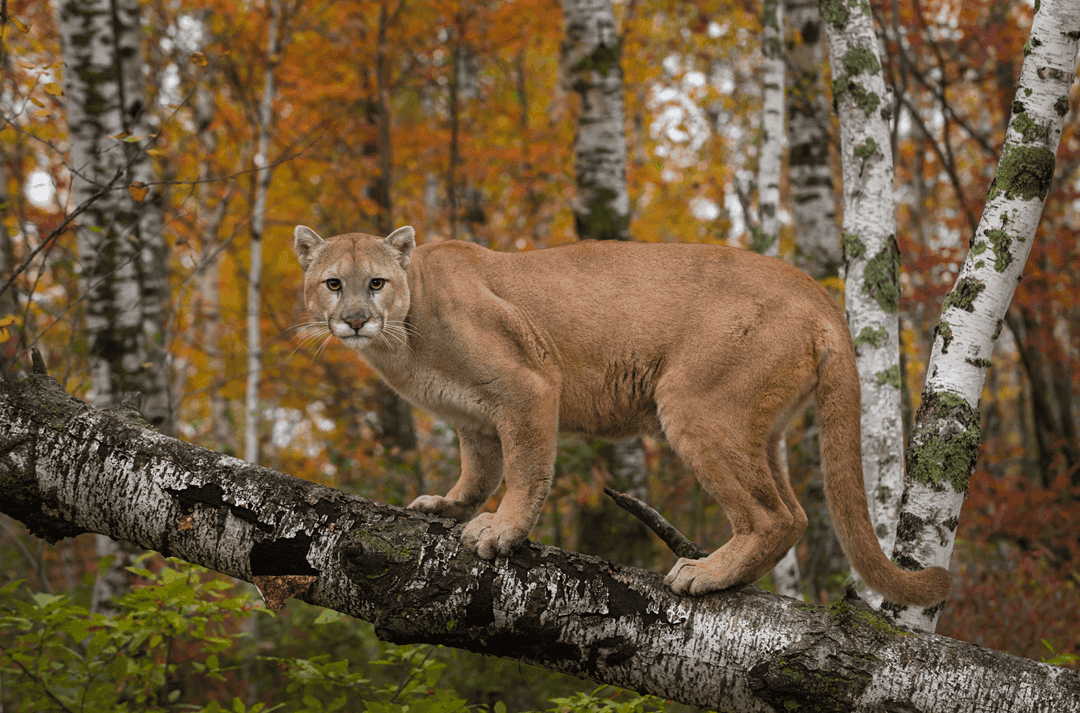
Cougar
Puma concolor
The cougar is a large wild cat found throughout the region. A cougar’s head is round, and its ears stand up straight. Its fur is a tawny brown color. They don’t communicate as much as other big cats, but can sometimes be heard purring, growling, hissing, chirping and whistling. The cat isn’t seen very often in eastern Canada, but there is evidence it may be returning to the area. Cougars are considered endangered in Saskatchewan, Manitoba, Ontario, Quebec and New Brunswick.
- Where Found in Canada: Cougars, also known as mountain lions or pumas, are primarily found in western Canada, especially in British Columbia and Alberta. There are also small, isolated populations in southern Saskatchewan and Manitoba, with occasional sightings in Ontario, though these are rare and often debated as to whether they’re resident or transient individuals.
- Habitat: Cougars prefer rugged, mountainous terrain with dense forests, but they’re highly adaptable. They thrive in coniferous forests, grasslands, and even semi-arid regions as long as there’s cover for stalking prey and access to deer, their primary food source. They’re solitary and require large territories, often ranging from 50 to 500 square kilometers depending on prey availability.
- Interesting Facts: Cougars are the largest cat in Canada and can leap up to 40 feet horizontally in a single bound, showcasing their incredible strength and agility. They’re known for their stealth—lacking the roar of other big cats, they instead purr, scream, or growl, which adds to their elusive reputation.
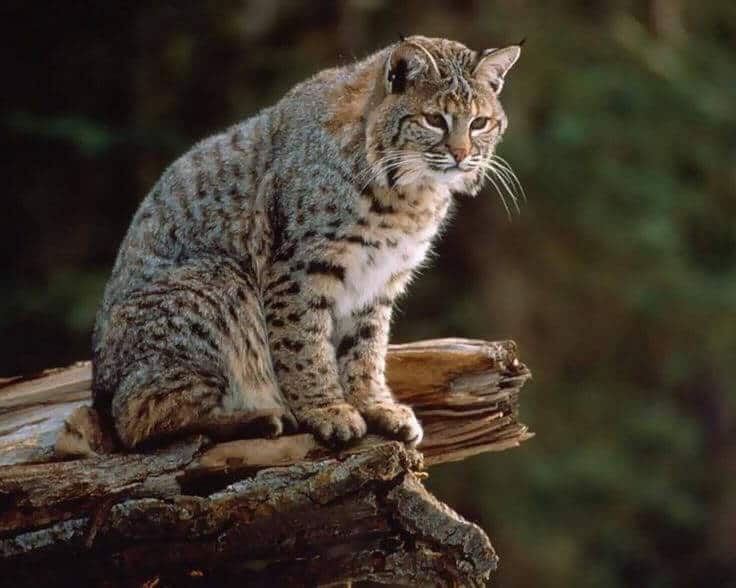
Bobcat
Lynx rufus
A medium-sized wild cat primarily found in southern Canada. Nova Scotia has the largest bobcat population. The population in Quebec has been decreasing. Hunting and trapping are allowed in every state but were stopped in Quebec due to declining numbers. Compared to a Canada lynx, the bobcat has smaller feet, shorter tufts of ear hair (or no tufts at all), a bobbed tail, and a white underbelly. The coat is more of a singular color, sometimes with spots. They live with the lynx in spruce and pine forests from northern and southwestern Ontario to New Brunswick and Nova Scotia. Bobcats prey on rabbits, other types of small mammals, and birds.
- Where Found in Canada: Bobcats are widespread across southern Canada, from British Columbia to Nova Scotia. They’re most common south of the Canada lynx’s primary range, with significant populations in British Columbia, Alberta, Saskatchewan, Manitoba, Ontario, Quebec, and New Brunswick. Their northern limit roughly aligns with the snow line, as they’re less adapted to deep snow than the Canada lynx.
- Habitat: Bobcats are habitat generalists, thriving in mixed forests, swamps, deserts, and even suburban edges. They prefer areas with dense underbrush or rocky outcrops for cover, where they can ambush prey like rabbits, hares, and small rodents. They’re less dependent on vast wilderness than cougars, often living closer to human settlements.
- Interesting Facts: Bobcats get their name from their short, “bobbed” tails, which are only about 4-7 inches long with a distinctive black tip. They’re fiercely territorial and use scent marking and claw scratches on trees to ward off rivals, yet they’re rarely seen due to their nocturnal habits. Their spotted coats provide excellent camouflage, and they can take down prey up to eight times their body weight, like deer, in rare cases.
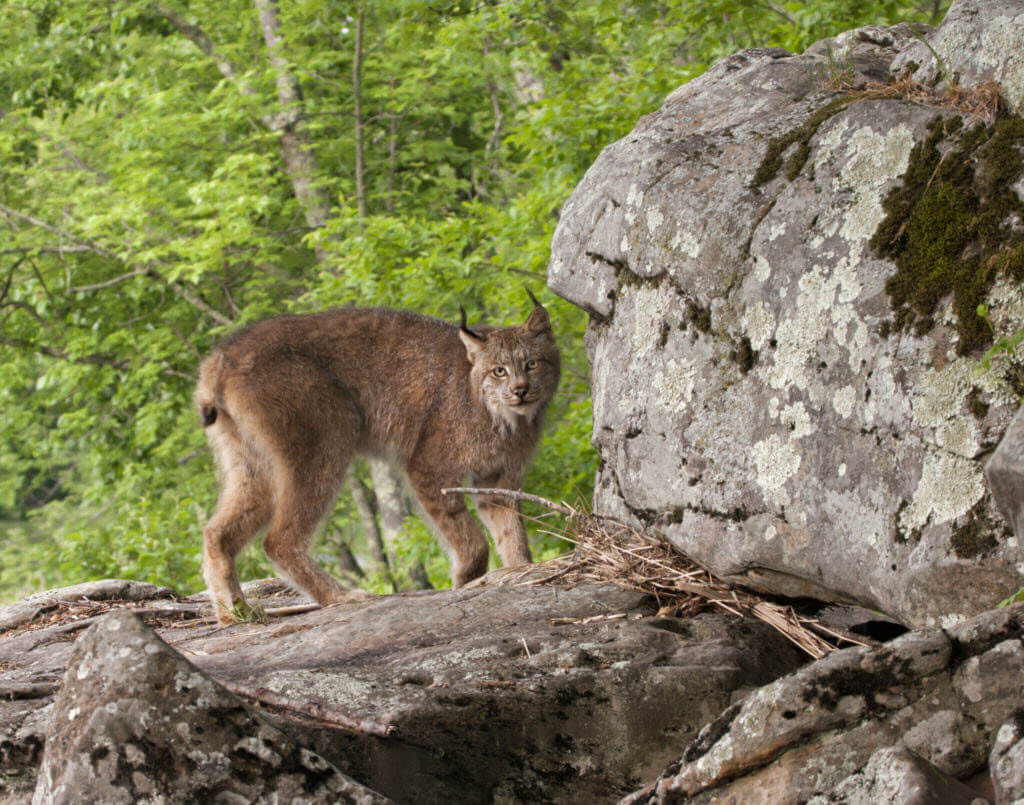
Canada lynx
Lynx canadensis
The Canada lynx inhabits forests throughout Canada. Trapping is allowed in all states to varying degrees except Nova Scotia. Canada lynx in Nova Scotia are only found on Cape Breton Island, and trapping is no longer allowed. Its conservation status is Least Concern. The cat’s fur is silver/brown. It has tufted ears (short clusters of long strands of hair) and ruffed (fur that extends outward) face. The Canada lynx primarily feeds on snowshoe hares.
- Where Found in Canada: The Canada lynx is found across most of Canada, from the Yukon and Northwest Territories to British Columbia, Alberta, Saskatchewan, Manitoba, Ontario, Quebec, and into parts of the Atlantic provinces, including New Brunswick and Newfoundland and Labrador. They’re most abundant in the boreal forest zone.
- Habitat: Canada lynx are specialists of the boreal forest, or taiga, where deep snow and cold winters dominate. They rely heavily on snowshoe hares, so their habitat is tied to dense coniferous forests with thick undergrowth that support hare populations. Their large, furry paws act like snowshoes, giving them an edge in snowy environments.
- Interesting Facts: Their population cycles closely follow that of snowshoe hares, booming and crashing every 9-10 years in a classic predator-prey dynamic. Canada lynx have thick fur and tufted ears, with oversized feet that give them a comical appearance but are perfectly adapted for hunting in deep snow. Unlike bobcats, they rarely venture near human habitation, preferring remote wilderness, and they’re known for their ghostly, silent movement through the forest.
Wild Cat Conservation in Canada
The cougar, bobcat, and Canada lynx each face distinct conservation challenges in Canada.
Cougar Conservation Issues in Canada
Habitat Loss and Fragmentation: In western Canada, urban expansion, agriculture, and infrastructure development (like highways) in British Columbia and Alberta shrink and fragment cougar habitats. This reduces their access to prey (mainly deer) and forces them into smaller, isolated territories, increasing inbreeding risks in some populations.
Human-Wildlife Conflict: As human settlements encroach on cougar territory, encounters rise. Cougars preying on livestock or pets, or rare attacks on humans, often lead to retaliatory killings or legal culls, especially in rural areas. In 2023 alone, British Columbia reported dozens of cougars killed due to such conflicts.
Road Mortality: Highways pose a significant threat, with cougars frequently struck by vehicles while crossing fragmented landscapes. This is a growing issue as road networks expand in western Canada.
Conservation Status: Not listed as endangered in Canada, but some regional populations (e.g., in eastern Canada, if they exist) are considered extirpated or critically low. Their adaptability helps, but localized declines are a concern.
Bobcat Conservation Problems in Canada
Habitat Alteration: While bobcats are adaptable, logging, agriculture, and suburban sprawl in southern Canada (e.g., Ontario and New Brunswick) disrupt their preferred mixed forest and brush habitats. This can reduce prey availability (rabbits, rodents) and expose them to more human interaction.
Climate Change: Warmer winters and reduced snow cover in southern Canada favor bobcats over Canada lynx due to their smaller feet and less snow-adapted physiology. However, extreme weather shifts or prey declines tied to climate could still destabilize populations.
Hunting and Trapping: Bobcats are legally hunted and trapped for their fur in many provinces (e.g., British Columbia, Manitoba). Overharvesting in some areas, especially where monitoring is lax, can strain local populations. Their nocturnal nature makes population estimates tricky, complicating management.
Conservation Status: Generally stable and not considered at risk nationally, though some eastern populations (e.g., Nova Scotia) are monitored due to habitat pressures and lower numbers.
Canada Lynx Conservation Issues
Prey Dependence and Population Cycles: The Canada lynx’s reliance on snowshoe hares ties its fate to hare population cycles. When hare numbers crash (every 9-10 years), lynx face starvation and reproductive declines. Climate change exacerbates this by altering boreal forest ecosystems, potentially reducing hare habitat through wildfires or tree species shifts.
Habitat Degradation: Logging and industrial development in the boreal forest (e.g., oil sands in Alberta, forestry in Quebec) remove mature coniferous stands critical for hares and lynx. Fragmentation also opens the forest to competitors like bobcats or coyotes, which outcompete lynx in less snowy conditions.
Weather Change: Warming temperatures shrink the deep-snow zones where lynx thrive, as their large, snowshoe-like paws give them an edge over rivals. Southern populations (e.g., in New Brunswick) are especially vulnerable as snowpack declines, favoring bobcats instead.
Conservation Status: Listed as “Not at Risk” federally by COSEWIC (Committee on the Status of Endangered Wildlife in Canada), but some southern edge populations are declining, and it’s a species of concern in areas like Newfoundland due to habitat and prey issues.
The Future
All three cats face pressures from habitat loss and weather changes though the specifics vary. Cougars struggle most with human conflict and fragmentation, bobcats with balancing adaptability against exploitation, and lynx with their tight ecological niche. Conservation efforts—like habitat corridors for cougars, sustainable trapping limits for bobcats, and boreal forest protection for lynx—are in place but face challenges.
Canadian Wild Cat Conservation Laws
Laws for the Whole Country (Federal)
1. Species at Risk Act (SARA), 2002
What It Does: This law protects animals that might disappear and keeps their homes safe on land owned by Canada’s government.
How It Helps Wild Cats: It could help cougars in eastern Canada if they’re still there (some think they’re gone). The Canada lynx isn’t in big trouble yet, but people watch it closely. Bobcats are doing fine, so they don’t need this law much.
Important: It stops people from hurting or bothering these animals and makes plans to help them if they’re in danger.
2. Canada Wildlife Act, 1985
What It Does: This law makes special places where wild animals can live safely and helps scientists learn about them.
How It Helps Wild Cat: It protects forests for lynx and mountains for cougars on government land. It keeps their homes from being wrecked.
Important: It sets up safe zones and makes rules so people don’t mess up animal habitats.
3. Wild Animal and Plant Protection Law (WAPPRIITA), 1992
What It Does: This law controls buying and selling animal parts, like fur, across Canada and the world.
How it Helps Wild Cats: It makes sure bobcat fur (and sometimes lynx fur) isn’t sold too much, so there are still enough cats left in the wild.
Important: You need special permission to sell animal parts, and there are punishments if you break the rules.
Laws for Different Parts of Canada (Provincial)
4. British Columbia Wildlife Act, 1996
What It Does: This law runs wildlife stuff in British Columbia, where cougars and bobcats live a lot.
How It Helps Wild Cats: It controls hunting of cougars and bobcats so not too many get taken. It also keeps their homes safe in special areas.
Important: You need a license to hunt, and it’s illegal to bother wildlife or ruin their space.
5. Ontario Fish and Wildlife Conservation Act, 1997
What It Does: This law takes care of wild animals in Ontario and makes sure they’re not hurt too much.
How It Helps Wild Cat: Bobcats are hunted here but only a little. Cougars are super rare, and lynx live up north. It keeps them all safer.
Important: It sets hunting times and says you can’t keep wild cats as pets without permission.
6. Quebec Wildlife Conservation Law, 1983
What It Does: This law protects animals in Quebec and makes sure people use them wisely.
How It Helps Wild Cats: It helps lynx in the north forests, bobcats in the south, and maybe cougars. It controls trapping for fur.
Important: It has rules for hunting and trapping and keeps big wild areas safe for animals.
Extra Info
Different Rules Everywhere: Every part of Canada has its own wildlife laws because cougars, bobcats, and lynx live in different places. Hunting rules change depending on where you are.
No Law Just for Cats: Canada doesn’t have one big law only for wild cats. These laws cover all wild animals but help the cats too.
Wildlife officers make sure everyone follows these rules. Groups like the SPCA also help animals, but mostly pets.

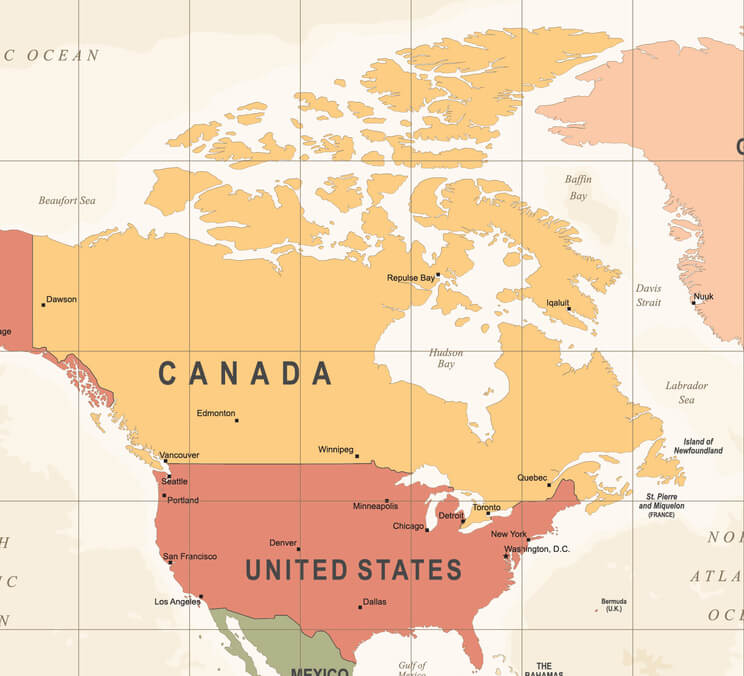
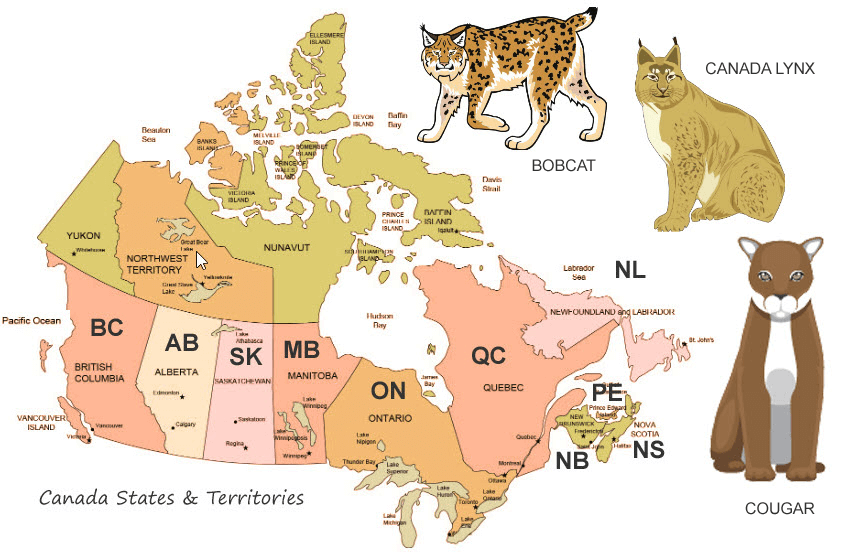

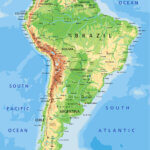

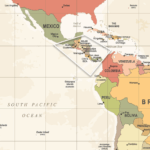



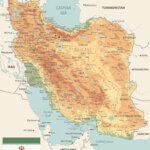




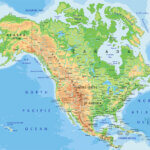
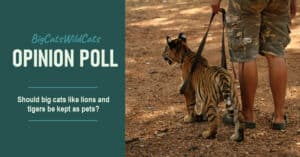
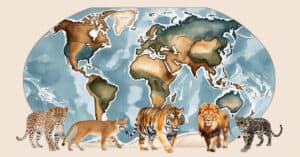
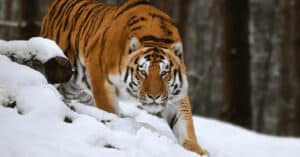
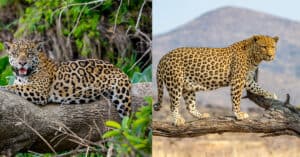
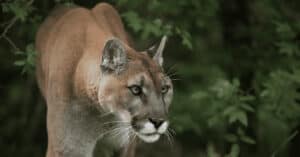
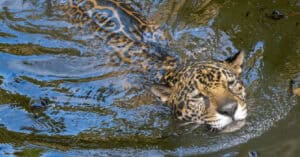
0 Comments